1. Old Exercise Equipment
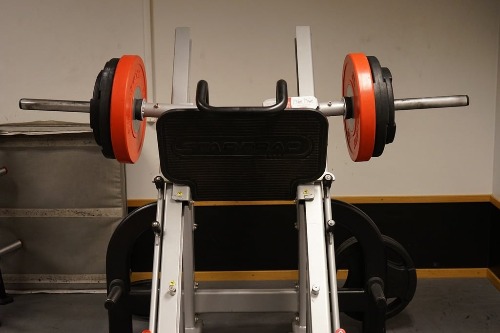
Almost every basement seems to have some neglected treadmill or dusty elliptical that’s been sitting idle for years. It’s a monument to the fleeting commitment to New Year’s resolutions. These machines often have outdated technology and clunky designs that show how fitness culture has evolved over time. Seeing one in a museum could spark nostalgia for the home gym craze of the 80s and 90s.
They also represent a fascinating intersection of ambition and procrastination. Each scratch, squeak, and cobweb tells a story of “I’ll get back to it tomorrow.” Museums love objects that show everyday human behavior, and abandoned exercise equipment fits perfectly. Plus, it’s oddly comforting to know other people’s treadmills suffer the same fate.
2. Folding Chairs
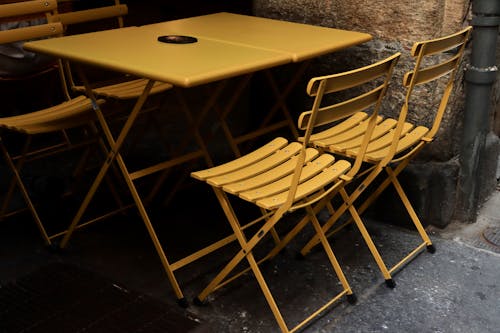
A stack of metal folding chairs is a staple of basement storage, often tucked in corners for years. They are cheap, utilitarian, and somehow always needed for unexpected guests or large family gatherings. Their design has barely changed over decades, which makes them a simple yet enduring part of American domestic life. Displaying them in a museum could highlight the practical side of furniture history.
They also carry the scent of countless family reunions, board game nights, and impromptu parties. The wear and tear on the seats tells stories of weighty gatherings and awkward seating arrangements. There’s a cultural significance in objects that quietly serve important social functions. Folding chairs may seem mundane, but they’re emblematic of collective memory.
3. Holiday Decorations

Basements are treasure troves of holiday paraphernalia: boxes of ornaments, lights, and inflatable Santas. They represent the cyclical rituals of American life and the lengths people go to celebrate. Many decorations are vintage, showing trends in design, color, and even safety standards over time. A museum display could reveal how holiday aesthetics reflect social and economic changes.
The decorations often come with a side of family tradition and nostalgia. Untangling the lights and opening the boxes triggers memories of generations of decorating routines. They’re a perfect example of an object that’s more than functional—it’s deeply emotional. That’s exactly the type of story museums want to tell.
4. Old Paint Cans
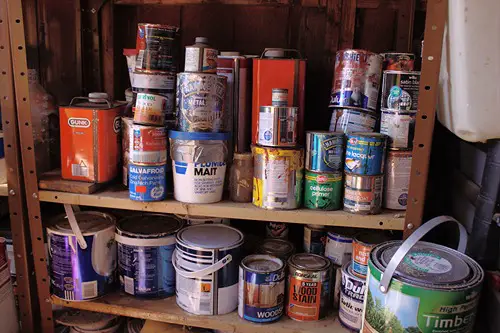
Most basements hide the legacy of every home improvement project ever attempted, usually in the form of half-full paint cans. They tell a story of ambition, procrastination, and evolving interior design trends. The labels themselves are like little time capsules, showing colors that were popular in each decade. Paint cans are a physical record of changing tastes, which makes them historically valuable.
They also often contain remnants of failed projects or color experiments that didn’t quite work. Some cans even have hand-written labels, giving a personal touch to the historical narrative. Seeing them in a museum could offer insight into domestic life and material culture. These mundane artifacts quietly chart the story of American homes.
5. VHS Tapes
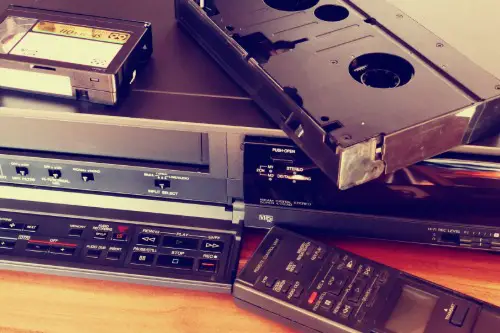
Even in the age of streaming, VHS tapes linger in basements as stubborn relics of the 80s and 90s. They showcase the evolution of home entertainment and the early days of media consumption. Each tape represents hours of rewinding, fast-forwarding, and family movie nights. A museum could use them to illustrate how technology changed the way people shared stories at home.
Their plastic cases and handwritten labels carry a nostalgic charm. Some tapes contain forgotten gems or cult classics, frozen in analog time. They’re a reminder of how much we’ve changed in the way we access and store media. Preserving them in a museum offers a tactile link to past lifestyles.
6. Toolboxes
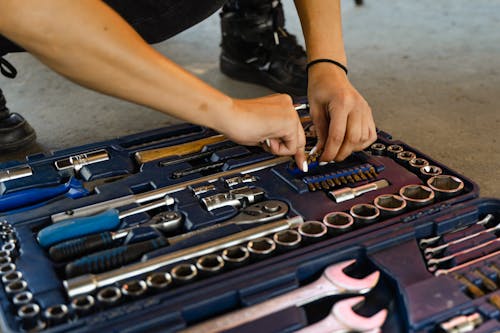
Nearly every basement has a toolbox or two, often rusty or overflowing with miscellaneous screws and nails. They’re emblematic of the DIY spirit and the American tendency to “fix it yourself.” Beyond function, they reflect changing trends in tools and safety standards over the decades. Museums could showcase them to tell the story of domestic ingenuity.
Toolboxes also reveal the personalities of the homeowners. The assortment of tools, some organized and some chaotic, hints at problem-solving styles and hobbies. Each wrench, screwdriver, or hammer is a small artifact of everyday life. They may be utilitarian, but they tell deeply human stories.
7. Board Games

Basements frequently harbor piles of board games, some nearly ancient and missing pieces. These games document social trends, childhood pastimes, and the evolution of family entertainment. Classic titles and editions can be surprisingly valuable as historical records. Exhibiting them in a museum could demonstrate how leisure has transformed over the decades.
Board games also carry personal histories, from birthday parties to rainy-day family bonding. The faded boxes and dog-eared instructions hint at countless hours of play. They’re more than cardboard—they’re vessels of memory. Museums often seek objects that combine cultural and emotional significance, and board games check both boxes.
8. Old Furniture
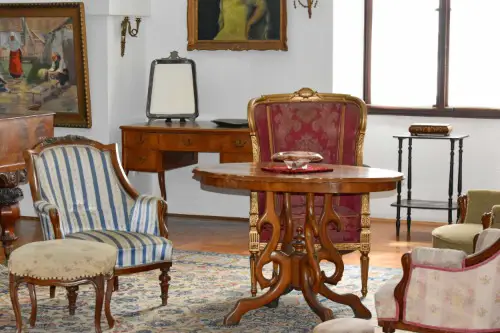
Basements are often graveyards for couches, chairs, and dressers that are “still useful, maybe someday.” These pieces represent changing styles and craftsmanship over time. Even the most ordinary armchair can show how materials and tastes have shifted. A museum could use them to explore the evolution of domestic interiors.
Furniture also carries the imprint of human life. Stains, scratches, and faded fabric tell stories of everyday use. The objects reflect comfort, utility, and aspiration all at once. They may seem mundane, but their histories are rich and relatable.
9. Sports Equipment

From dusty baseball gloves to forgotten hockey sticks, basements hold a history of American athletics. They tell stories of childhood, adolescence, and family bonding over recreation. Some items even reflect the evolution of materials and design in sporting goods. Museums can display them as evidence of popular culture and physical activity trends.
Each piece carries memories of practice, triumph, and defeat. The wear patterns tell stories of hard work, missed catches, and home runs. Sports equipment is more than functional; it’s a symbol of ambition and play. It connects generations through shared hobbies and community.
10. Old Paintings or Prints

Many basements hide decorative art that has been shoved aside, often forgotten for decades. These works reflect popular tastes, artistic movements, and sometimes the personal aesthetic of the homeowner. Even cheap or mass-produced art can illustrate cultural values at a particular time. A museum could show them as examples of everyday visual culture.
Paintings also evoke emotion, memory, and identity. They may have been gifts, souvenirs, or “someday gallery-worthy” projects. Their presence in basements underscores how personal value differs from monetary or artistic recognition. They serve as quiet witnesses to domestic history.
11. Laundry Baskets

Laundry baskets may seem mundane, but their ubiquitous presence speaks volumes about domestic routines. Plastic, wicker, or collapsible, they’ve been part of American homes for generations. The design evolution—from perforated plastic to fancy fabric options—tells a story of convenience and consumerism. Museums could feature them to explore household labor and daily life.
They also reflect habits, priorities, and even stress management in a subtle way. The overflowing baskets are reminders of the constant work that keeps a household running. They’re utilitarian yet profoundly human objects. Showcasing them in a museum highlights the beauty in everyday life.
12. Canned Goods and Preserves
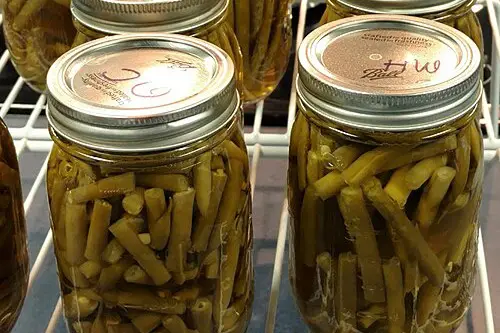
Basements often store a collection of home-canned goods or long-expired pantry items. They demonstrate self-sufficiency, tradition, and food preservation practices over time. Jars labeled with hand-written dates show both ingenuity and domestic care. Museums could exhibit them to illustrate changing approaches to food and sustainability.
These jars also carry nostalgia for family recipes and gardening practices. They represent patience, effort, and culinary heritage. The diversity of contents can reflect local culture or personal tastes. They’re tangible links between past and present domestic life.
13. Christmas Trees (Artificial)

Many basements shelter artificial Christmas trees, disassembled and tucked away for eleven months. They’re a symbol of both celebration and storage ingenuity. The design of the trees themselves tells a history of materials and manufacturing innovation. Exhibiting them in a museum could highlight holiday traditions and technological evolution in decoration.
Artificial trees also carry layers of family history, from the first tree someone bought as a young adult to the one that now holds decades of ornaments. They’re symbols of ritual, celebration, and memory. Despite being stored out of sight, they hold a powerful place in domestic culture. Their presence in basements is practically universal, making them cultural touchstones.
This post 13 Things Found in Every American Basement That Should Be in a Museum was first published on American Charm.


